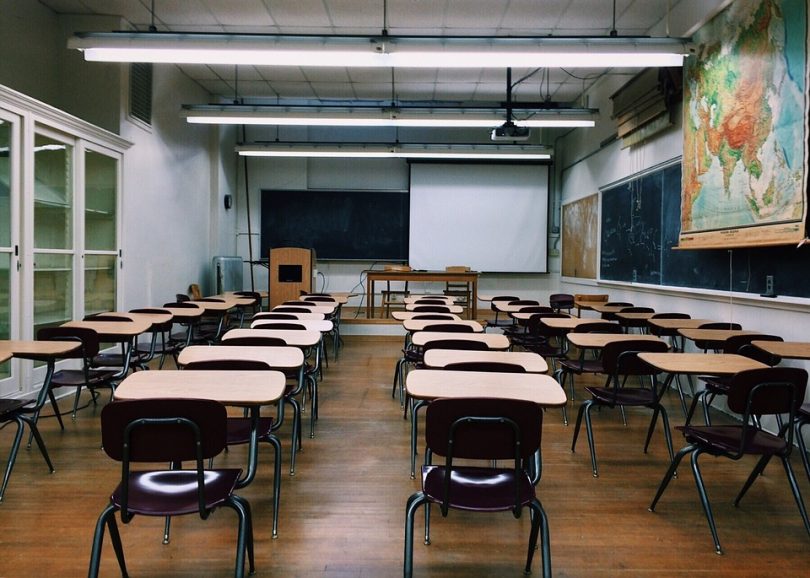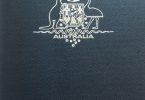Endangered Aboriginal languages are being given a new life in Victoria following increased offerings of language classes seen in schools last year.
Despite this growth, however, Aboriginal languages remains one of the least popular languages taught across the state.
Tina Sahin, the Wurreker programs officer at the Victoria Aboriginal Education Association Incorporated (VAEAI), which was partly responsible for promoting Indigenous languages in Victoria, said that it is important to teach these languages, but traditional owners must always be at the forefront.
“It’s that connection to family, to your own country, and your own people and your own culture. It is your cultural identity,” she said.
“It should be taught to all learners, [but] it should be in collaboration with an Aboriginal person, a traditional owner, speaking and teaching those languages.”
Prior to colonisation, over 250 Aboriginal languages and additional language varieties were spoken widely. Today, roughly three quarters of these have already been lost.
According to 2017 statistics from the Department of Education and Training, there is a renewed focus on incorporating Aboriginal culture and languages into school curriculum with the number of students studying Aboriginal languages growing from 172 in 2012 to 1,534 students in 2017.
That’s a proportionate increase of just over 890 per cent in five years.
A majority of this growth has been seen in primary schools, accounting for 1,373 of these students. This leaves a mere 161 students in Secondary education.
The number continues to dwindle as students head towards their final years in secondary school. Currently, only two schools offer Victorian Indigenous Languages: Revival and Reclamation (a VCE subject available since 1994), with 2017 seeing a graduating class of seven people.
Chinese (Mandarin), the most popular VCE LOTE subject, had 1,534.
In 2017, French was the most popular VCE LOTE subject, whereas Aboriginal Languages was 12th.
Modest values for VCE aside, the the general growth of Indigenous culture and language being taught in schools can largely be attributed to the Koorie Languages in Schools Program, an initiative launched in 2012.
Developed through a partnership between the Victorian Aboriginal Education Association Inc., Victorian Aboriginal Corporation for Languages (VCAL), Victorian Curriculum and Assessment Authority (VCAA) and Department of Education and Training, the program is focused on protecting, reviving and strengthening traditional Aboriginal languages.
Since the initiative’s launch, the bodies have advocated the importance of reducing further language loss, promoted their maintenance, and provided support for schools seeking to include a Koorie Language program at their institution.
However, compared to New Zealand, Australia is still way behind.
Whereas 1,534 Victorian students engaged in some form of Aboriginal language curriculum last year, official New Zealand government statistics from 2016 showed 163,328 students participated in some level of Māori language immersion across the country.
Of this proportion, 18,395 students engaged in a language immersion level of over 50 percent, with 1,691 students continuing the language through to a year-12 equivalent level (compared to the seven students in Victoria).
As a whole, LOTE studies have increased across Victoria, however Asian languages like Chinese (Mandarin) and Japanese, and European options of French, Italian and German still significantly outnumber Indigenous languages.
The top three most popular LOTE subjects in 2017, in comparison with the study of Aboriginal languages.
With the growth of the teaching of languages across the state, Tina Sahin from VAEAI said that it is important that Australians learn to champion Aboriginal languages.
“Embrace it. If you want to learn something, especially when it comes to learning Aboriginal culture, embrace it and follow protocols. Contact local organisations, implement a language team, contact VAEAI!”
Data for this story was compiled from statistics from the New Zealand government, the Victorian department of Education and Training, and the Victorian Curriculum and Assessment Authority. This was then tidied into useable statistics on Excel and visualised through Tableau Public and Flourish.







